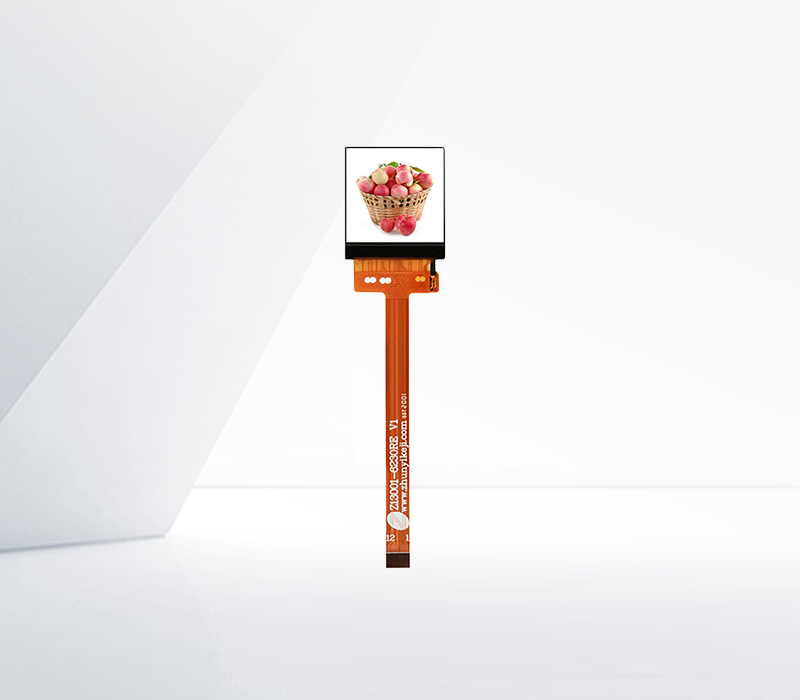




LCD backlight panels have gained widespread popularity across consumer electronics, industrial displays, and automotive systems due to their unique combination of efficiency, versatility, and cost-effectiveness. Their design—illuminating LCD screens (which are inherently non-emissive)—addresses key user needs, from energy savings to visual comfort.
Energy efficiency is a primary driver. Unlike older CRT displays or plasma screens, LCD backlights (especially LED-based ones) consume significantly less power. LED backlights, which have largely replaced cold cathode fluorescent lamps (CCFLs), use light-emitting diodes that convert electricity to light with minimal heat loss. This efficiency extends battery life in portable devices like laptops and smartphones—critical for users prioritizing mobility. For example, a 15-inch LED-backlit laptop consumes 20–30W, compared to 60–80W for a CCFL-backlit model, reducing charging frequency.
Uniform brightness and adjustable intensity enhance user experience. Backlight panels distribute light evenly across the screen, eliminating “hot spots” or dark areas common in poorly designed displays. Dimming capabilities allow users to adjust brightness based on ambient light—lowering it in dark rooms to reduce eye strain or increasing it outdoors for visibility. This adaptability is valued in applications from home TVs (where viewers prefer customizable settings) to automotive displays (which adjust automatically based on sunlight).
Cost-effectiveness makes LCD backlights accessible. Mass production of LED backlights has driven down manufacturing costs, making them cheaper than OLED alternatives. This affordability enables their use in budget-friendly devices, from entry-level monitors to smartwatches, without compromising basic performance. Additionally, their long lifespan (50,000–100,000 hours for LEDs) reduces replacement frequency, lowering total ownership costs for consumers and businesses.
Design flexibility supports diverse applications. LCD backlights can be thin (as little as 1mm in edge-lit designs) and lightweight, enabling slim devices like tablets and ultrabooks. They are compatible with various screen sizes, from tiny smartwatch displays to large-format TVs and digital signage. Edge-lit designs, which place LEDs along the panel’s perimeter, save space, while direct-lit designs (with LEDs across the back) offer higher brightness for outdoor use.
Low heat emission improves device safety and comfort. Unlike CCFLs or plasma screens, LED backlights generate minimal heat, reducing the risk of overheating in enclosed devices like gaming consoles or car dashboards. This also enhances user comfort—touchscreen devices with LED backlights remain cool to the touch, even during extended use.
These factors—energy efficiency, adjustable brightness, affordability, design flexibility, and low heat—collectively explain the enduring popularity of LCD backlight panels in the global electronics market.
